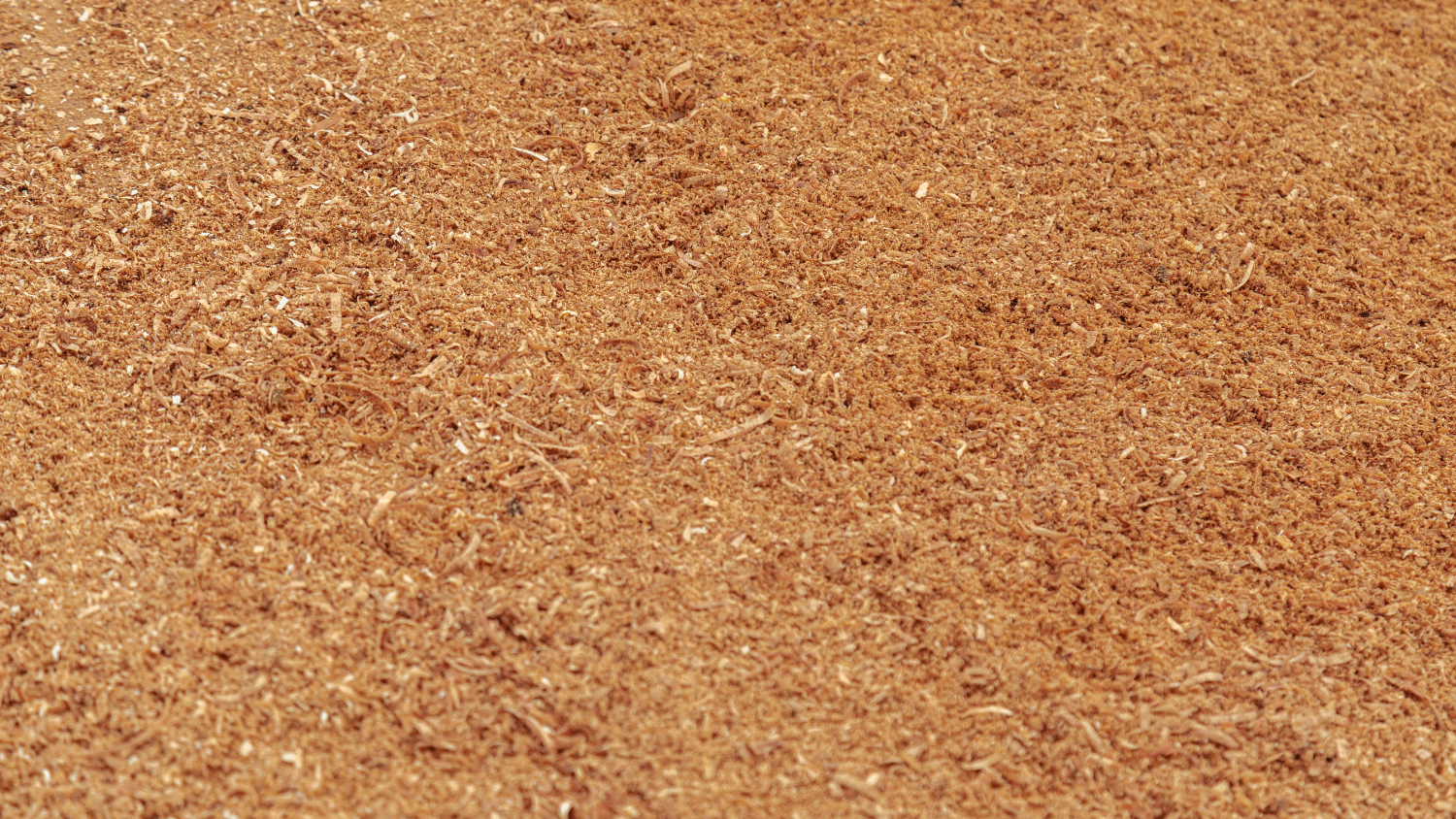Turning Birch Waste Into Energy Storage: Research from the Swedish University of Agricultural Sciences
.png?width=50)
Researchers at the Swedish University of Agricultural Sciences have shown how sawdust from real birch trees can be turned into high-performance carbon electrodes for aluminium batteries and supercapacitors. Using Advent’s 99.999% pure aluminium foils in testing, the study demonstrates a sustainable path for converting forestry by-products into advanced materials for clean energy storage.
A team led by the Swedish University of Agricultural Sciences (SLU), working with partners across Sweden and Finland, has demonstrated how birch wood waste can be transformed into advanced carbon electrodes for aluminium batteries and supercapacitors.
The work, published in ChemElectroChem (January 2025), highlights a sustainable approach to electrode production—one that replaces costly, limited resources like graphite with abundant biomass. Importantly, the researchers used real birch trees: sawdust from the processing of birch logs at a sawmill in Västerbotten, Sweden, provided the raw material.
Why Birch Wood for Energy Storage?
Birch trees (Betula spp.) are widespread across Europe, Asia, and North America. When harvested, large volumes of birch sawdust are produced at sawmills, usually treated as a low-value by-product. By activating this sawdust with potassium hydroxide and heat treatment, the researchers created a carbon material with:
- A surface area of over 3000 m² per gram
- Microporous structure ideal for ion transport
- High oxygen content, improving electrochemical reactions
These properties make birch-derived carbon from actual tree waste a strong candidate for energy storage devices.
Aluminium Battery Performance with Birch-Derived Carbon
Aluminium batteries (ABs) are an alternative to lithium-ion, offering low cost and safety advantages. Traditionally, their cathodes use graphite, which struggles with low capacity and structural damage.
In this study, birch carbon electrodes delivered:
- 115 mAh/g at low current densities
- Stable cycling for more than 2500 cycles
- Coulombic efficiency close to 100%
This competitive performance shows biomass carbon from birch trees can overcome many of the limitations of traditional cathodes.
Supercapacitor Efficiency Using Birch Waste Carbon
Supercapacitors (SCs) require materials with high conductivity and rapid charge/discharge capability. Birch carbon electrodes achieved:
- 143 F/g capacitance at 0.1 A/g
- Excellent stability over thousands of cycles
- Energy density up to 74 Wh/kg at a power density of 2379 W/kg
These results place birch wood-derived material alongside, or above, many reported state-of-the-art carbons.
Advent Aluminum Foils in Energy Storage Research
For assembly and testing, the research team sourced aluminum foils (≥99.999%) from Advent Research Materials Ltd, UK. The purity and reliability of these foils were critical in ensuring accurate results and reproducible performance across devices.
Sustainable Energy Storage from Birch Tree Waste
The study demonstrates that waste from real birch trees can be upgraded into high-value materials for clean energy storage. By combining local resources with specialist materials supplied by companies like Advent, researchers are paving the way for scalable, sustainable battery and supercapacitor technologies.
Citation
Menestreau, P.; Grimm, A.; Simões Dos Reis, G.; Manavalan, G.; Sruthy, E. S.; Thyrel, M.; Petnikota, S. Activated Carbon from Birch Wood as an Electrode Material for Aluminum Batteries and Supercapacitors. ChemElectroChem 2025, 12 (4), e202400549. DOI: 10.1002/celc.202400549
https://chemistry-europe.onlinelibrary.wiley.com/doi/full/10.1002/celc.202400549
